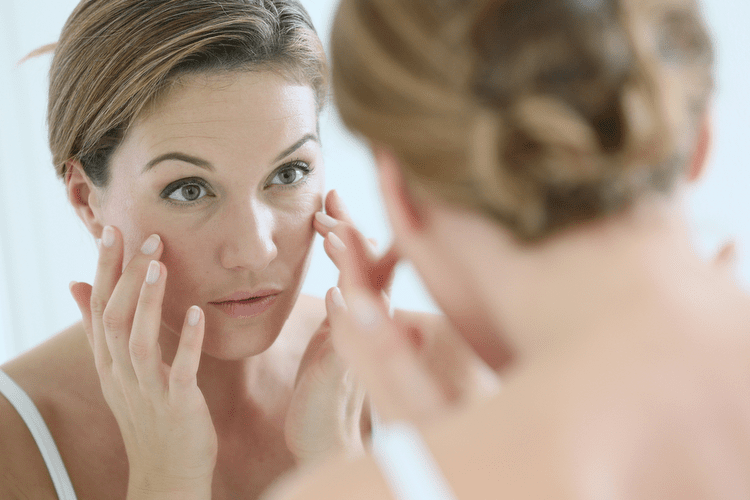Co-occurring AOD-use disorders represent the most frequent and clinically most significant comorbidity among mentally ill patients, and alcohol is the most commonly abused drug (Cuffel 1996). Undoubtedly, the fact that alcohol is readily available and that its purchase and consumption https://knhb.ru/189945508-podskjite-deystvennoe-.html are legal for anyone age 21 and older contributes to its widespread abuse. Furthermore, according to the National Comorbidity Study, people with mania are 9.7 times as likely as the general population to meet the lifetime criteria for alcohol dependence (Kessler et al. 1996).
- Definitions of other terms used in this article can be found in the glossary, p. 86.
- This describes many people with AUD, but may not cover every type of problem drinking.
- They also review the challenges to effective treatment and emphasize the importance of treating of both conditions.
- Alcohol use disorder (AUD) is characterized by an impaired ability to stop or control alcohol use despite adverse social, occupational, or health consequences.
Alcohol use disorder
Alcohol use disorder (AUD) often co-occurs with other mental health disorders, either simultaneously or sequentially.1 The prevalence of anxiety, depression, and other psychiatric disorders is much higher among persons with AUD compared to the general population. It was initially approved by the US Food and Drug Administration (FDA) in 1994 as a pill that can be administered daily.[38] In 2006, an extended-release injectable http://stiho-bum.ru/detail.php?id=9276 formulation of naltrexone was also approved by FDA, which can be administered once every 30 days. Treatment approaches for substance use disorders, including AUDs, often involve a combination of nonpharmacological and pharmacological interventions. Nonpharmacological or psychologically based treatment methods include motivational interviewing, motivational enhancement therapy (MET), and cognitive behavioral therapy (CBT).
National Institutes of Health
The organization updated the terminology again in 2013 to “alcohol use disorder,” which fits under the umbrella of substance use disorders in the Diagnostic and Statistical Manual of Mental Disorders, 5th edition, text revision (DSM-5-TR). If you think you might have an AUD, see your health care provider for an evaluation. Your provider can help make a treatment plan, prescribe medicines, and if needed, give you treatment referrals. Alcohol use disorder (AUD) remains a significant issue in the United States, affecting many individuals.
Journal Articles
Contributors to this article for the NIAAA Core Resource on Alcohol include the writers for the full article, reviewers, and editorial staff.
Co-occurring mental health conditions
Alcohol use disorder can include periods of being drunk (alcohol intoxication) and symptoms of withdrawal. More resources for a variety of healthcare professionals can be found in the Additional Links for Patient Care. When patients have sleep-related concerns such as insomnia, early morning awakening, or fatigue, it is wise to screen them for heavy alcohol use and assess for AUD as needed. If they use alcohol https://www.medicum.nnov.ru/doctor/library/obstetrics/Nisvander/3.php before bedtime, and especially if they shift their sleep timing on weekends compared to weekdays, they may have chronic circadian misalignment. If they report daytime sleepiness, one possible cause is alcohol-induced changes in sleep physiology. Carly Dober, a psychologist and director of the Australian Association of Psychologists, said childhood maltreatment can affect how people see themselves or the world.

- AOD-use disorders among severely mentally ill patients are correlated with poor concurrent adjustment in several domains and with adverse short-term outcomes, including high rates of homelessness, hospitalization, and incarceration.
- An entire generation of people with severe mental illnesses developed their disorders during the era of deinstitutionalization.
- In this theory, alcohol consumption can become a strategy for self-medication to alleviate symptoms of depression, anxiety, or feelings of worthlessness.
- In addition to widely recognized 12-step programs with spiritual components such as AA, a number of secular groups promote abstinence as well, such as SMART Recovery, LifeRing, Women for Sobriety, Secular Organizations for Sobriety, and Secular AA (see Resources, below, for links).
- Little evidence exists indicating that psychiatric patients can sustain moderate AOD use over long periods of time without incurring problems (Drake et al. 1996a), although AOD use without abuse may occur at any time (Lehman et al. 1996).
- Active participation in a mutual support group can benefit many people as well.28 Groups vary widely in beliefs and demographics, so advise patients who are interested in joining a group to try different options to find a good fit.
- These and other outpatient options may reduce stigma and other barriers to treatment.
- Not everyone who binge drinks has an AUD, but they are at higher risk for getting one.
- Many people with alcohol use disorder hesitate to get treatment because they don’t recognize that they have a problem.
